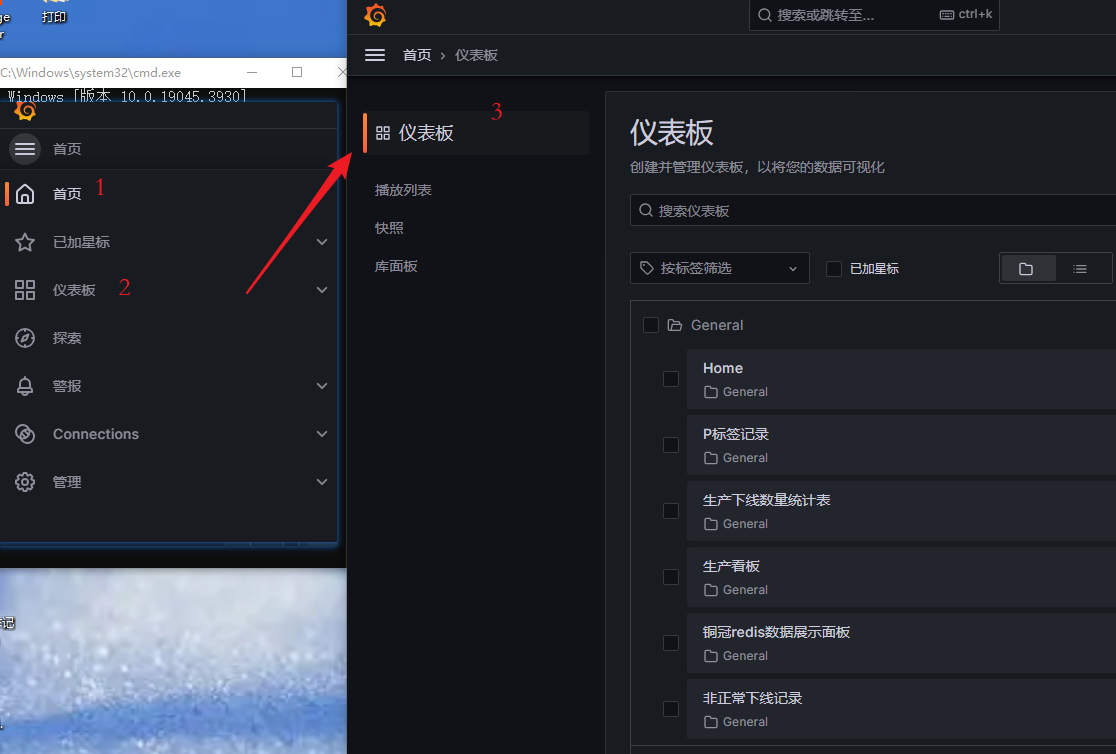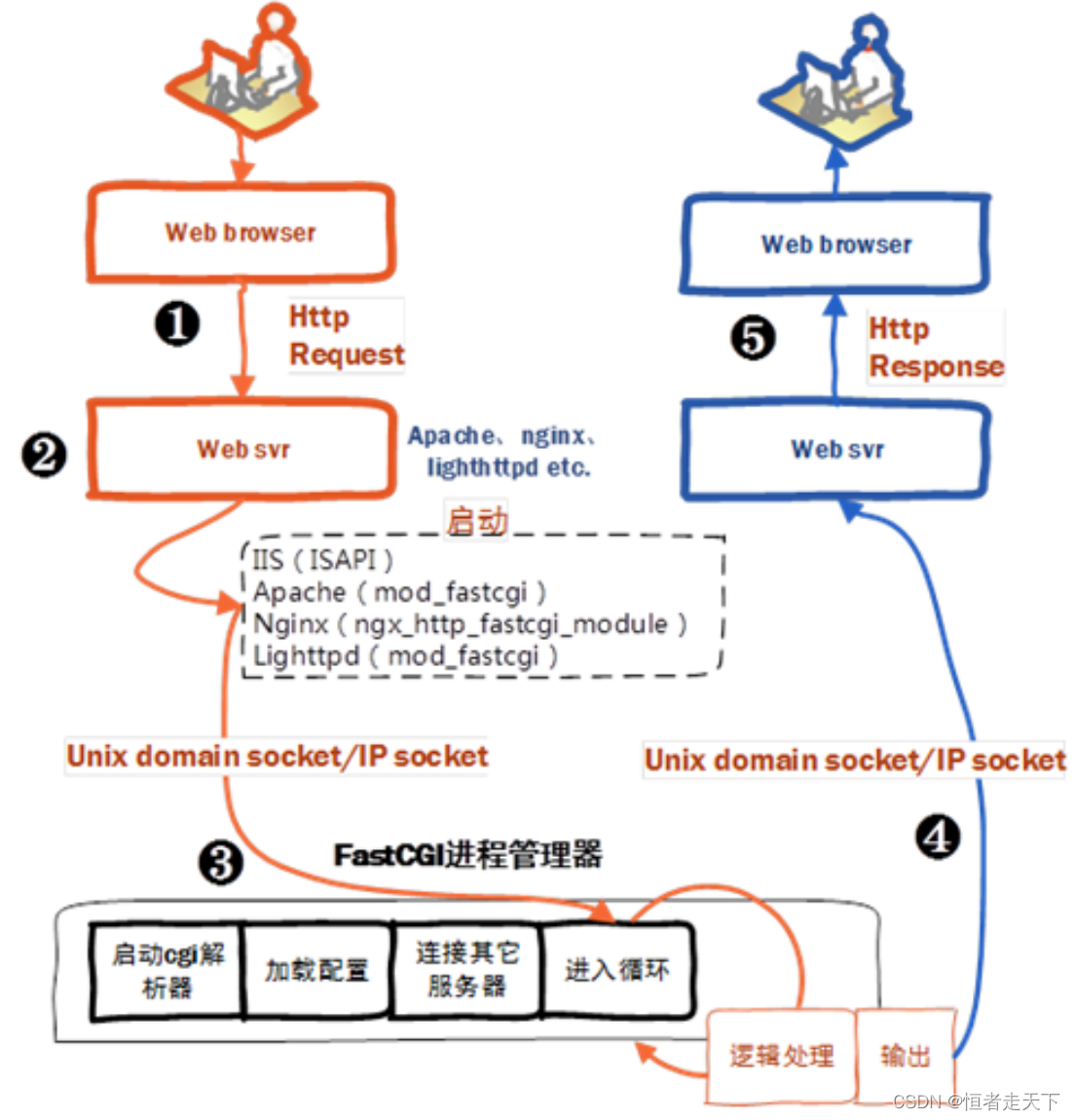开源之ffmpeg(二)——输出日志/重定向到文件 av_log
本文章介绍了如何使用ffmpeg的日志,如何重定向ffmpeg日志输出到文件,并对其进行了演示
·
前言
在之前的博客中,已经详细的对于FFmpeg进行过介绍,包括如何在windows下编译FFmpeg源码,有需要的小伙伴可以看看上一章博客。
这一章主要介绍如何恰当的输出FFmpeg的日志。
|版本声明:山河君,未经博主允许,禁止转载
一、av_log的介绍
1.为什么要重定向日志输出
在正常使用ffmpeg时,默认日志输出是向sterr,也就是说只能在控制台屏幕上才能看到日志,不便于保存查看。
2.API简单介绍
| API | 释义 |
|---|---|
| void av_log_set_level(int level); | 设置日志等级,处于该等级之前的日志,都会输出 |
| void av_log(void *avcl, int level, const char *fmt, …) av_printf_format(3, 4); | 使用ffmpegAPI输出日志 |
| void av_vlog(void *avcl, int level, const char *fmt, va_list vl); | 使用ffmpegAPI输出日志,和av_log区别在于使用va_list 进行传参 |
| void av_log_set_callback(void (* callback)(void * , int, const char*, va_list)); | 重定向日志输出 |
日志等级分为以下几种,总的来说,设置的值越大,输出日志信息越详细,因为会把该等级之前的日志也会输出,比如如果设置等级为AV_LOG_FATAL ,那么会输出AV_LOG_FATAL 和AV_LOG_PANIC
/**
* Print no output.
*/
#define AV_LOG_QUIET -8
/**
* Something went really wrong and we will crash now.
*/
#define AV_LOG_PANIC 0
/**
* Something went wrong and recovery is not possible.
* For example, no header was found for a format which depends
* on headers or an illegal combination of parameters is used.
*/
#define AV_LOG_FATAL 8
/**
* Something went wrong and cannot losslessly be recovered.
* However, not all future data is affected.
*/
#define AV_LOG_ERROR 16
/**
* Something somehow does not look correct. This may or may not
* lead to problems. An example would be the use of '-vstrict -2'.
*/
#define AV_LOG_WARNING 24
/**
* Standard information.
*/
#define AV_LOG_INFO 32
/**
* Detailed information.
*/
#define AV_LOG_VERBOSE 40
/**
* Stuff which is only useful for libav* developers.
*/
#define AV_LOG_DEBUG 48
/**
* Extremely verbose debugging, useful for libav* development.
*/
#define AV_LOG_TRACE 56
二、使用步骤
1.引入库
这里大致介绍一下工程所需要的头文件和库,具体如何编译还请看上一篇文章,当然真正使用中可以根据需求选择库文件去链接
头文件:

库文件:

2.具体使用
- 正常使用
av_log_set_level全局只需要设置一次就行
av_log_set_level(AV_LOG_TRACE); //设置日志级别
av_log(NULL, AV_LOG_DEBUG, "the debug line:%d, string:%s", __LINE__, "hello");
输出

- 重定向写到日志中
头文件
static FILE* m_pLogFile; //文件路径
static void LogCallback(void* ptr, int level, const char* fmt, va_list vl); //回调
源文件
首先设置日志级别以及写入时间
void setLog()
{
if (m_pLogFile != nullptr)
{
fclose(m_pLogFile);
m_pLogFile = nullptr;
}
time_t t = time(nullptr);
struct tm* now = localtime(&t);
std::stringstream time;
time << now->tm_year + 1900 << "/";
time << now->tm_mon + 1 << "/";
time << now->tm_mday << "/";
time << now->tm_hour << ":";
time << now->tm_min << ":";
time << now->tm_sec << std::endl;
std::cout << time.str();
av_log_set_level(AV_LOG_TRACE); //设置日志级别
av_log_set_callback(LogCallback);
av_log(NULL, AV_LOG_INFO, time.str().c_str());
}
写入文件
FILE* CAudioReadFrame::m_pLogFile = nullptr;
void CAudioReadFrame::LogCallback(void* ptr, int level, const char* fmt, va_list vl)
{
if (m_pLogFile == nullptr)
{
m_pLogFile = fopen("E:\\log\\log.txt", "w+");
}
if (m_pLogFile)
{
vfprintf(m_pLogFile, fmt, vl); //写入文件
fflush(m_pLogFile);
}
}
总结
日志是对开发的一大利器,所谓工欲善其事必先利其器,这里简单的介绍了如何使用好ffmpeg输出日志。
如果对您有所帮助,请帮忙点个赞吧!
更多推荐
 已为社区贡献1条内容
已为社区贡献1条内容









所有评论(0)